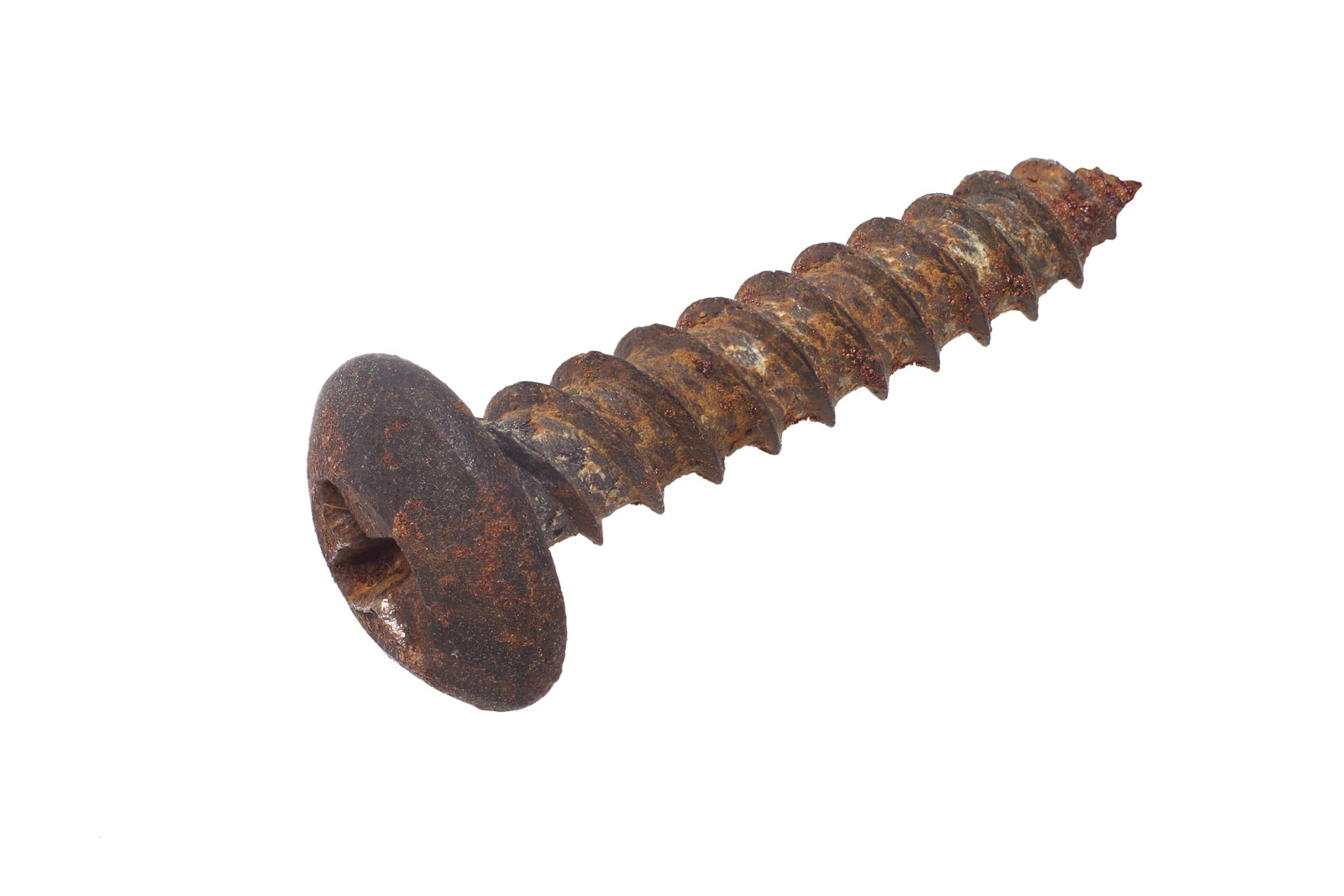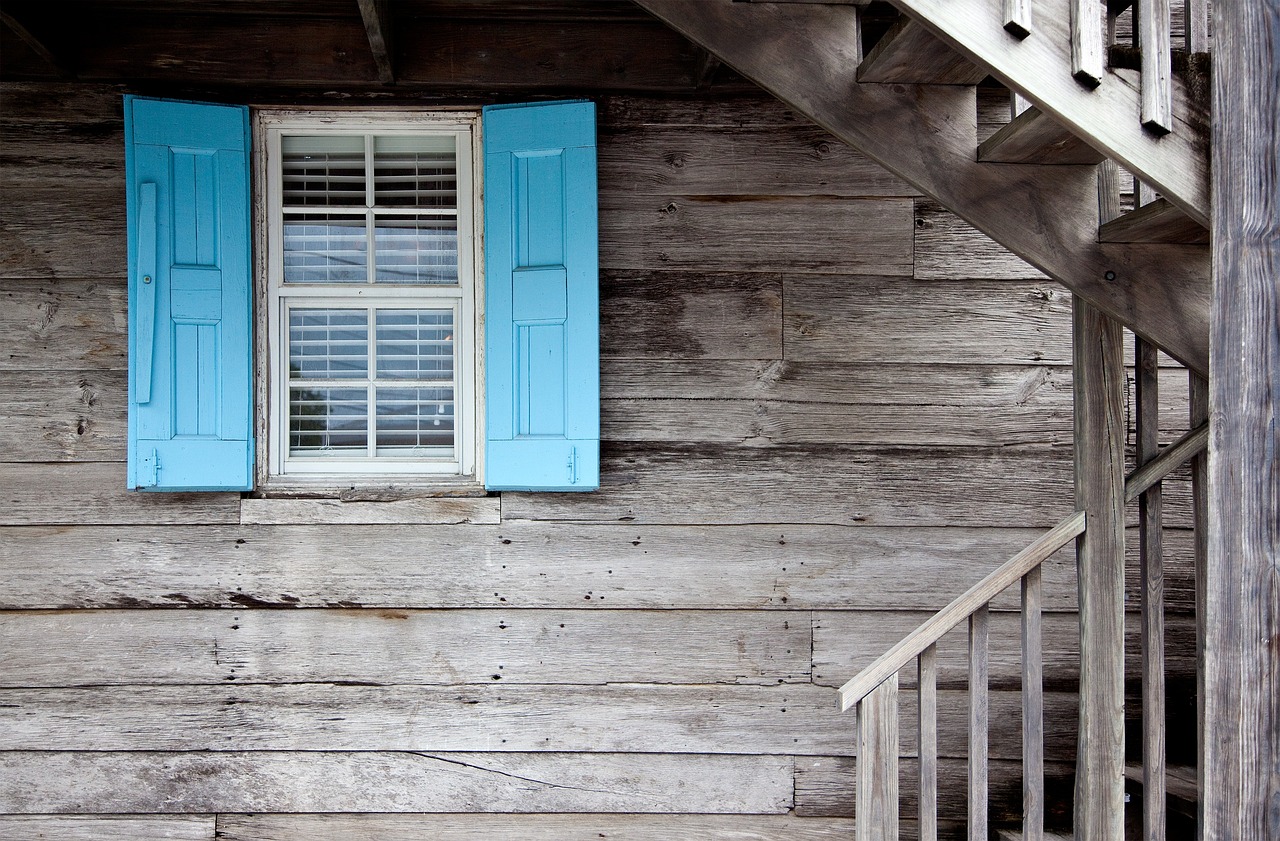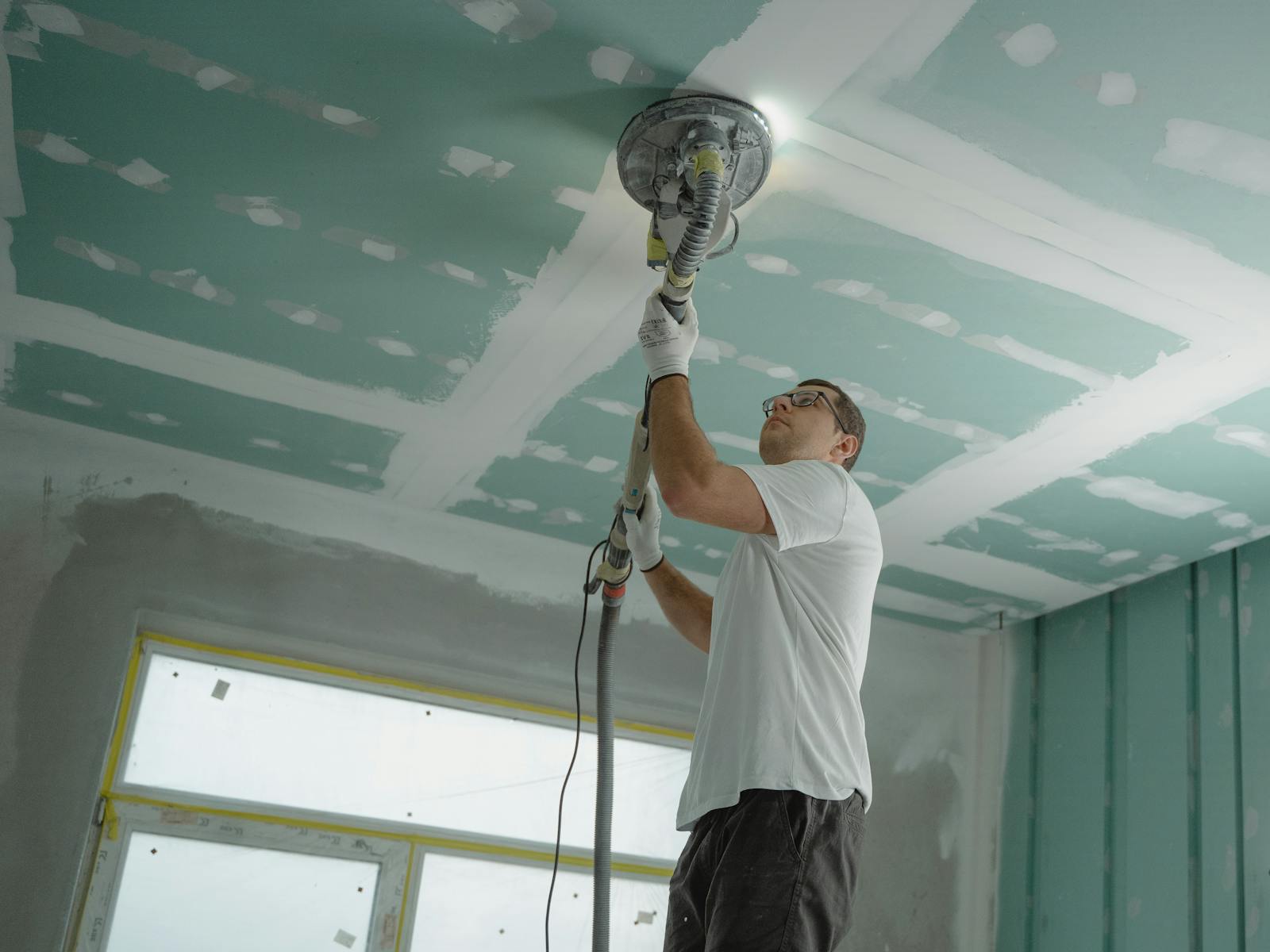You’ve probably already encountered this problem: a broken or rusty screw preventing you from dismantling a piece of furniture or an appliance. Don’t panic! I’m sharing with you the best tips and practical advice for easily removing a broken or rusty screw without damaging the object concerned.
Method 1: use simple techniques to unscrew a rusty screw
Before resorting to more complex methods, try these simple techniques to unscrew a rusty screw:
- Apply degreaser: spray a little degreaser on the screw and leave for a few minutes. This will help dissolve the rust and make unscrewing easier.
- Use pliers: if the screw head is still accessible, use pliers to grip the screw firmly and turn it counter-clockwise.
- Slightly heat the screw: by slightly heating the area around the screw, you can expand the materials and make unscrewing easier. Be careful not to overheat, however, to avoid damaging the object.
Method 2: extracting a broken screw with a screw extractor
If the screw head is broken, you can use a screw extractor to remove it. Here’s how to do it:
Drill a central hole: using a drill and a small drill bit, drill a well-centered hole in the shank of the broken screw.
Use the screw extractor: insert the unthreaded end of the screw extractor into the hole you’ve just drilled. Then turn the tool counter-clockwise, exerting constant pressure.
Unscrew the screw: once the screw extractor has firmly seated itself in the broken screw, continue turning the tool until the screw begins to unscrew and is eventually completely removed.
Method 3: Use a tapping screwdriver to unblock a stubborn screw
The tapping screwdriver is a very useful tool for unblocking a stuck or rusty screw. Here’s how to do it:
- Choose the right bit
Select a bit adapted to the shape and size of the screw in question. Make sure it is firmly seated in the screw head before you start. - Position the screwdriver
Place the tip of the striking screwdriver on the screw head, ensuring that it is straight and firmly held. - Strike the screwdriver
Use a hammer to strike the end of the striking screwdriver. The impact combined with the rotation of the tool will unlock the jammed or rusty screw. - Unscrew the screw: Once the screw is free, use a conventional screwdriver to remove it completely.
A few more practical tips
To increase your chances of success in removing a broken or rusty screw, keep the following tips in mind:
Work with quality tools. Choose sturdy tools suited to the size and type of screw you wish to remove. Good equipment will give you a better grip and limit the risk of further damaging the screw or object concerned.
Take your time when removing a stubborn screw
Don’t be in too much of a hurry during this delicate operation. Take your time to get organized, and don’t hesitate to start again if necessary. Patience is often the key to success in this kind of DIY.
- Keep the object stable: try to stabilize the object from which you are removing the screw as much as possible. You can use clamps or other supports to hold it firmly in place.
- Wear protection: don’t forget to wear protective goggles and gloves to avoid any risk of injury when using tools such as impact screwdrivers or drills.
There are several techniques and tricks you can use to easily remove a broken or rusty screw without damaging the object concerned. By using the methods presented in this article and following the practical tips, you should be able to solve this problem quickly and efficiently. Happy DIY!






